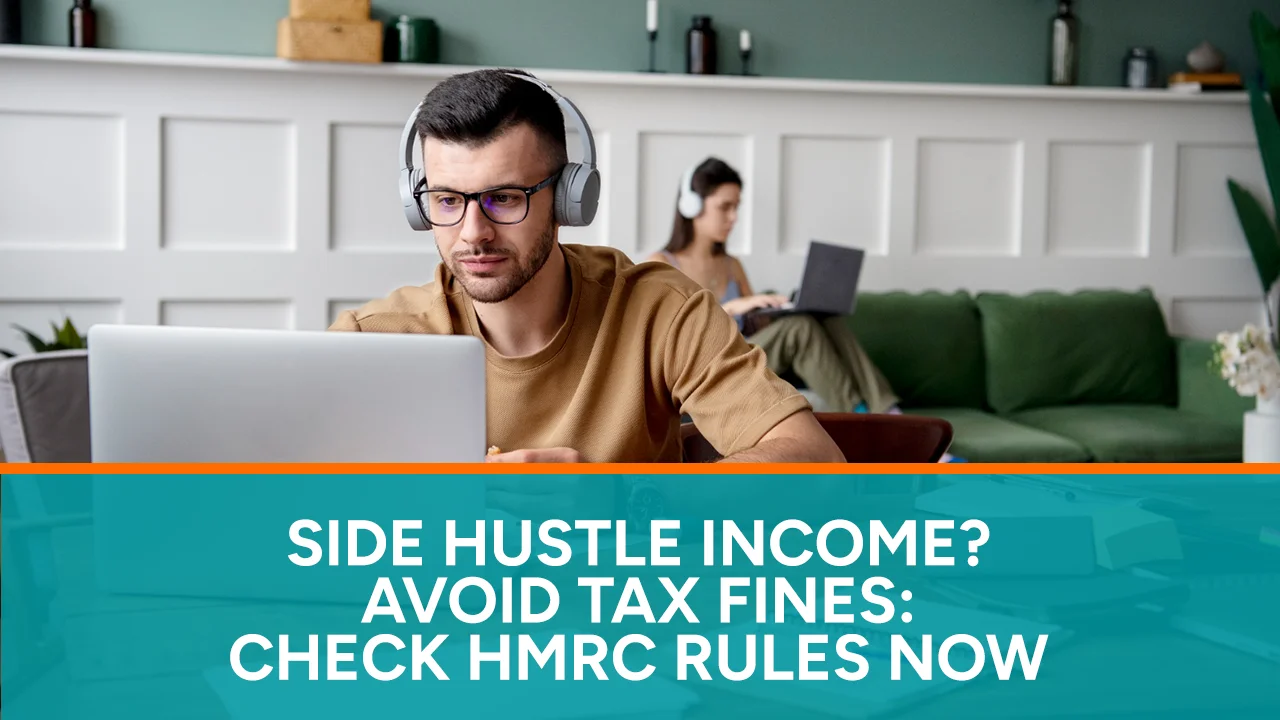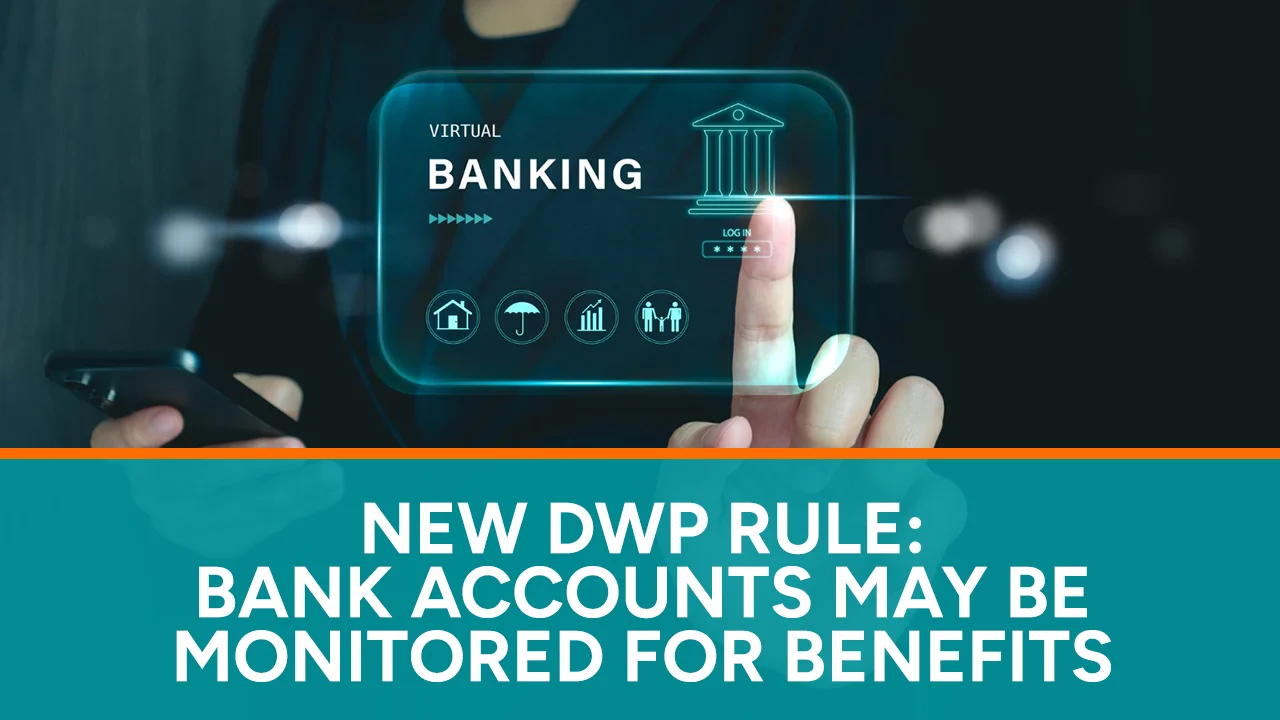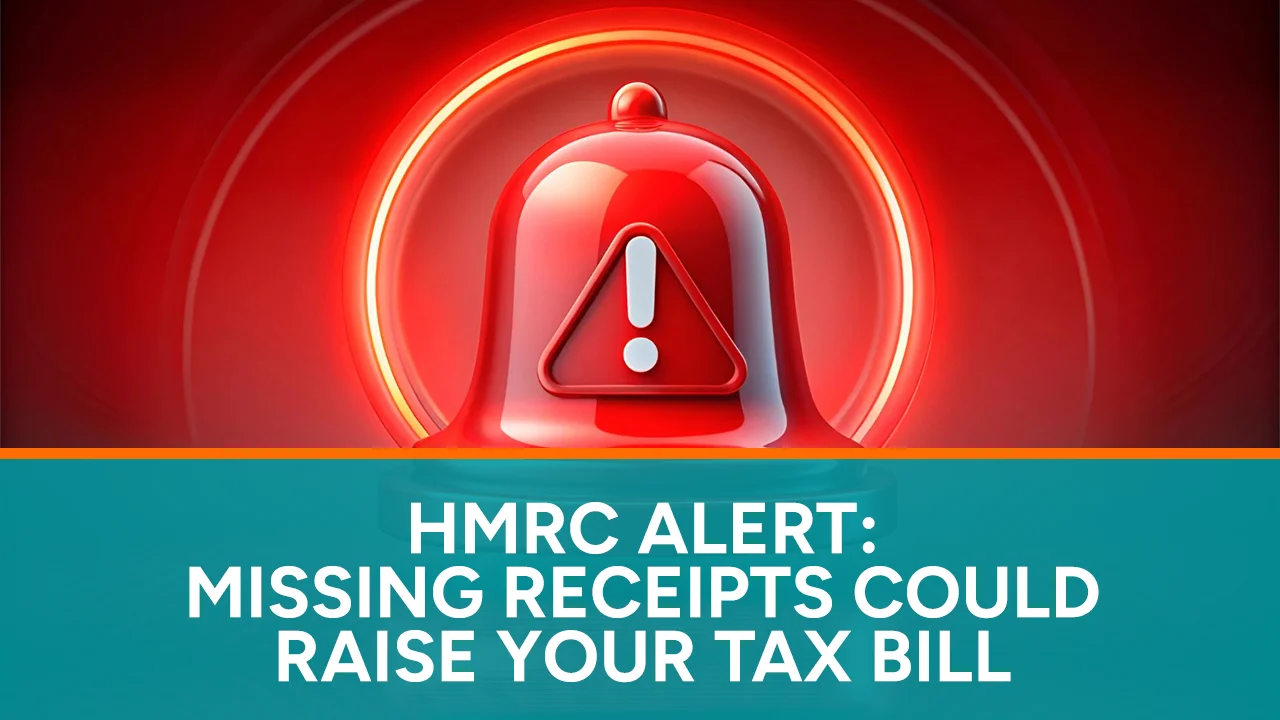More people are starting side hustles to earn extra money. Whether you sell vintage clothes online, do freelance design, or rent out a spare room, these activities can help with living costs and improve financial stability.
Research shows that more than one in four adults in the UK now makes extra money through side gigs. The digital economy makes it easy to start earning on your own schedule.
However, remember that HMRC rules still apply. Any income you earn counts as taxable earnings. If you make over £1,000 in a tax year from self-employment or casual work, you must report it to HMRC.
Many think their side hustle income is too small to worry about, but HMRC tracks undeclared earnings using online data and payment records. Not reporting income can lead to penalties and fines.
To avoid issues, it’s wise to learn the rules early. This way, you can budget for taxes, claim allowable expenses, and keep your side hustle stress-free and compliant.
The £1,000 Threshold: What You Need to Know
HMRC has made a simple rule for small business owners, hobby sellers, and freelancers. If you earn less than £1,000 in a tax year from your side hustle, you can usually use the trading allowance. This means you don’t have to report that income or pay tax on it.
For many people who sell a few items online or earn some extra freelance money, this allowance makes things easy. But if your earnings go over £1,000, you need to take some steps.
You will likely need to:
- Register for Self-assessment with HMRC
- File a tax return each year to report your income and expenses
- Pay any Income Tax and National Insurance Contributions owed
Don’t ignore this limit. Even if you exceed it by a small amount, HMRC expects you to report your earnings. Not doing so can lead to penalties, interest charges, or a surprise tax bill that could take away your profits.
If you believe your side hustle could earn over £1,000, start tracking your income from the beginning. This will help you register and report it accurately.
Registering for Self Assessment: A Step-by-Step Guide
If you’re new to Self Assessment because of your side job, don’t worry. The process is simpler than you think, especially if you plan ahead.
Here’s how to get started:
1-Create a Government Gateway Account:
If you don’t have one yet, go to HMRC’s website and create a Government Gateway account. This secure login helps you manage your taxes online.
2-Register for Self-Assessment:
Once you have your login, register for Self Assessment through HMRC’s online service. Have the following information ready:
- Your National Insurance number
- Your contact details
- The date you began your side job or self-employment
3-Receive Your Unique Taxpayer Reference (UTR):
After you register, HMRC will send you a Unique Taxpayer Reference (UTR) by mail. This 10-digit number is important for identifying you. Keep it safe because you’ll need it to:
- File your tax return
- Pay your tax bill
- Contact HMRC about your account
4-Set Up Your Personal Tax Account:
With your Government Gateway and UTR, access your personal tax account to check deadlines, view your tax estimate, and keep everything organised.
Remember, it may take up to 10 days to get your UTR, so don’t wait until the last minute to register. The sooner you do it, the easier filing your first tax return will be.
Common Side Hustles That Trigger Tax Obligations
Many people think side income is too small to matter, but HMRC says otherwise. If you earn more than £1,000 in a tax year from extra work or trading, you must declare it.
Here are some side jobs that can quickly push you over that limit:
- Renting out property or a spare room on Airbnb: A few bookings can add up fast, especially during holidays and busy travel times.
- Selling handmade or vintage items on Etsy, eBay, or Facebook Marketplace: Selling jewellery, crafts, or second-hand clothes regularly counts as trading income.
- Running a YouTube channel or podcast that earns ad revenue or sponsorships: Payments from platforms like Google AdSense are taxable once you exceed the allowance.
- Trading cryptocurrencies or stocks: Profits from buying and selling crypto can lead to Income Tax and Capital Gains Tax obligations.
- Offering services like tutoring, pet-sitting, or dog walking: Even casual work counts as taxable income.
If any of these apply to you and you’ve earned over £1,000, take action now. Register for Self-assessment and keep records to avoid unexpected fines or tax bills later.
Deadlines You Mustn’t Miss
When it comes to side hustle taxes, deadlines are strict. Missing them can lead to penalties and interest that cut into your profits.
Remember the key date: 31 January 2026. This is the deadline for filing your tax return and paying any taxes owed for the 2024/2025 tax year.
Filing early has many benefits:
- Less stress: You won’t have to rush at the last minute.
- Time to prepare: You’ll know how much you owe and can budget.
- Peace of mind: If you’re getting a tax refund, you’ll receive it sooner.
Even if you file early, you don’t need to pay right away. You have until 31 January 2026 to settle your bill.
Tip: Mark this date in your calendar now. Staying organised helps keep your side hustle finances in order and prevents late-filing fees.
What Happens If You Don’t Declare Side Hustle Income
Some people think HMRC won’t notice extra income, but this is a risky mistake. HMRC now uses advanced systems to find undeclared earnings.
Payment processors like PayPal, online marketplaces like Etsy and eBay, and property rental sites such as Airbnb share information with HMRC. If your side hustle income shows up in their records and you haven’t reported it, you could face:
- Fines for late or incorrect tax returns
- Interest on unpaid taxes
- A formal HMRC investigation, which can be stressful and take a lot of time
If you’re worried about not declaring past income, it’s better to act quickly. Clarkwell & Co. Chartered Certified Accountants in London have helped many clients with HMRC inquiries and voluntary disclosures.
If you’re unsure what to do next, don’t wait for HMRC to contact you. It’s smart to seek professional advice and resolve the issue as soon as you can.
Making Tax Digital 2026: Big Changes Ahead
A major update is Making Tax Digital 2026. Starting in April 2026, if you earn over £50,000, you must:
- Keep digital records
- Submit quarterly updates to HMRC
These rules affect many sole traders and landlords. Preparing now will reduce stress later.
To get ready, think about using suitable software and talk to a tax professional who knows UK side hustle tax rules.
Tips to Stay Organised and Compliant
Good record-keeping simplifies your work. Here are some easy tips:
- Save receipts for all side hustle costs.
- Open a separate bank account for your business income.
- Use accounting software to track your profits and expenses.
- Check your finances every month.
Following these steps helps you avoid surprises and allows you to claim expenses that lower your tax bill.
How Clarkwell & Co. Can Help You Stay Compliant
Understanding HMRC’s rules for side hustle income can be tough. That’s why getting professional help is valuable. Clarkwell & Co. in London helps self-employed people and side hustlers stay compliant and relaxed.
We assist you with everything from registering for Self Assessment with HMRC to preparing for Making Tax Digital 2026. Our experts are ready to support you at every stage. If you’re worried about undeclared income or need reassurance, check out our HMRC Tax Investigation Services.
Start Early, Stay Ahead
Making extra money is great, but it also brings responsibilities. The sooner you get organised, the easier tax season will be. Use HMRC’s checker tool, register for Self-assessment if needed, and start keeping records now.
Want help with your side hustle taxes? Contact Clarkwell & Co. and let our friendly team assist you.







